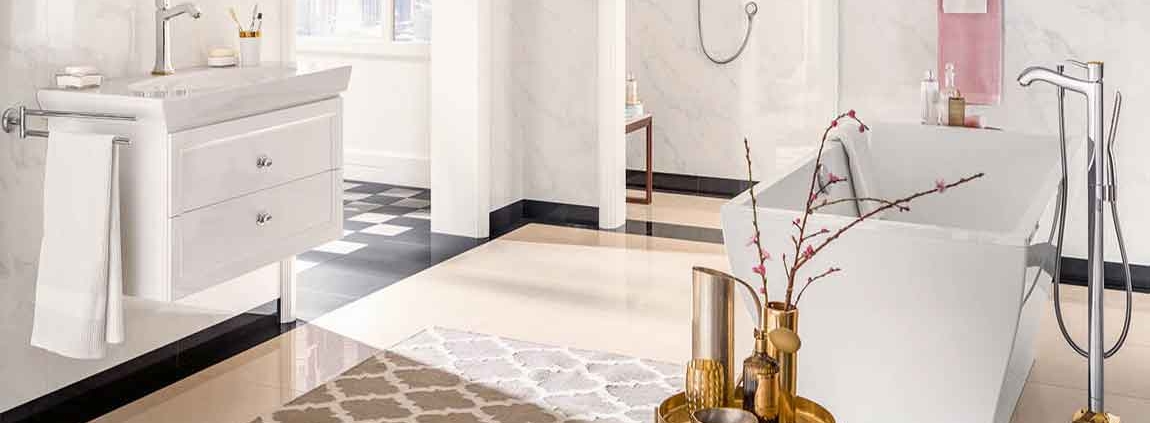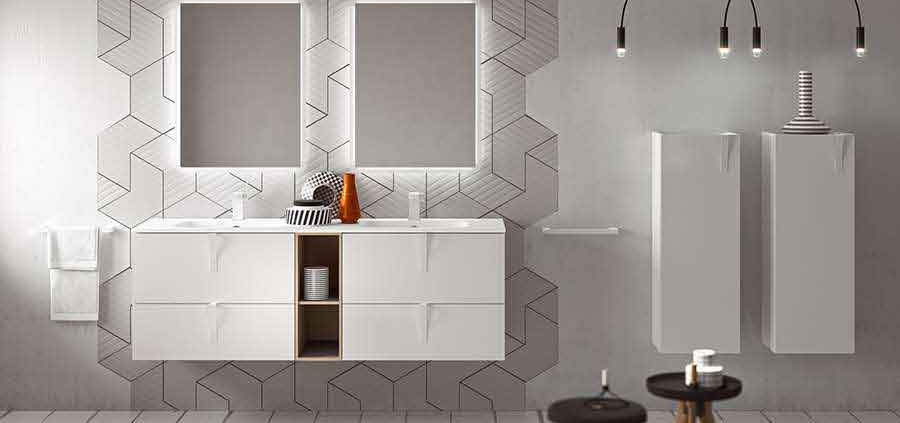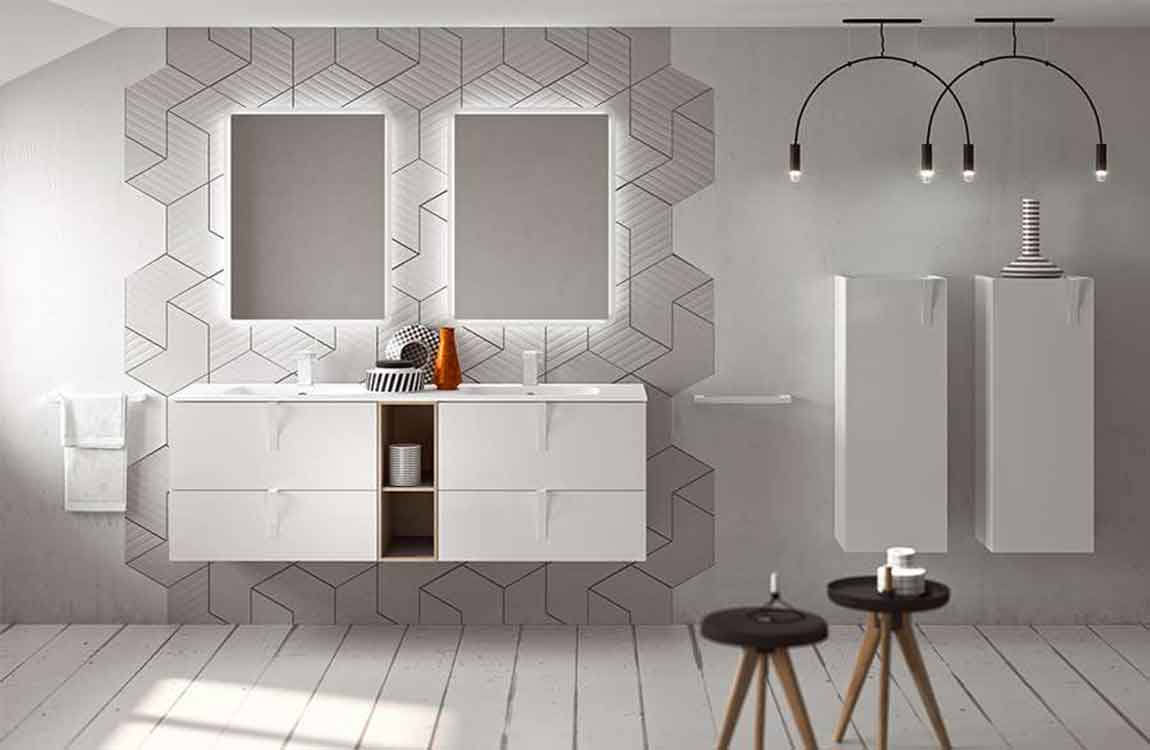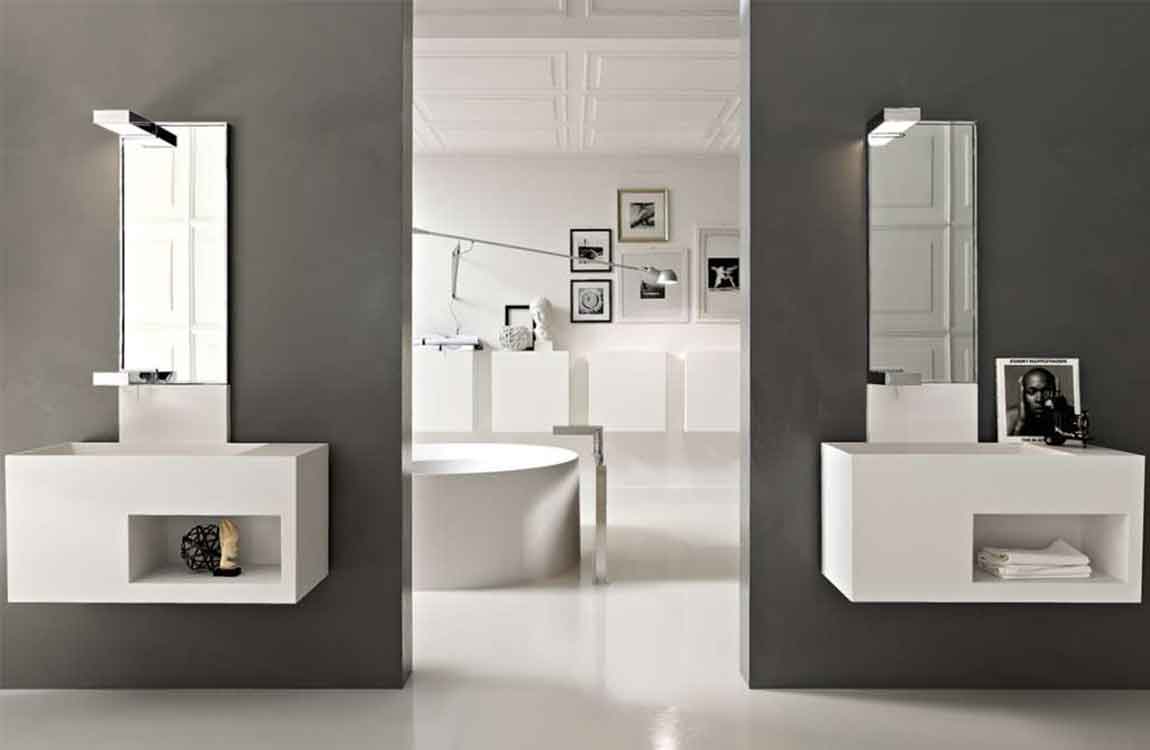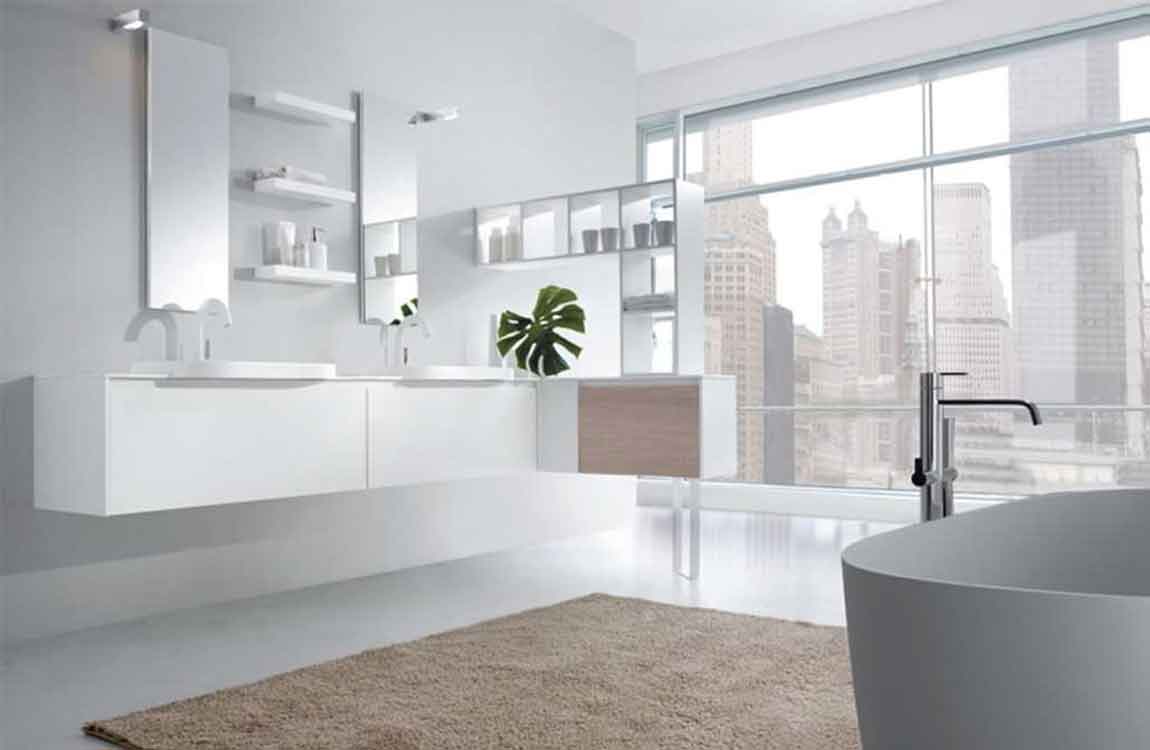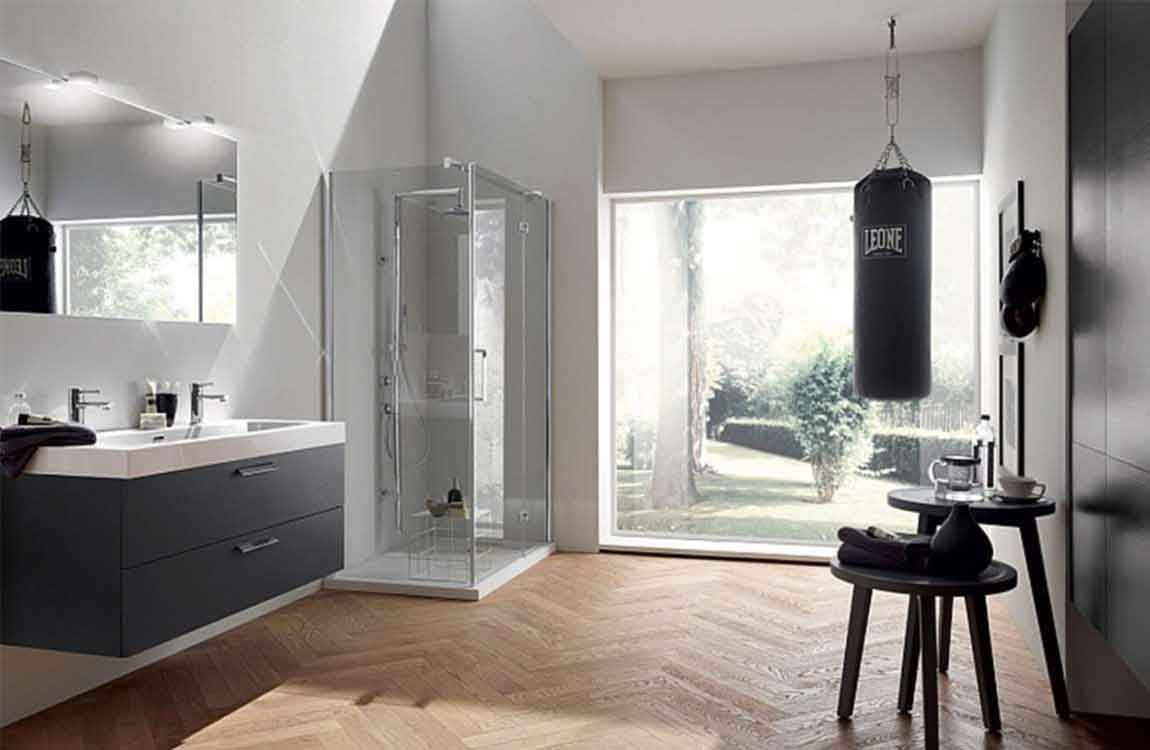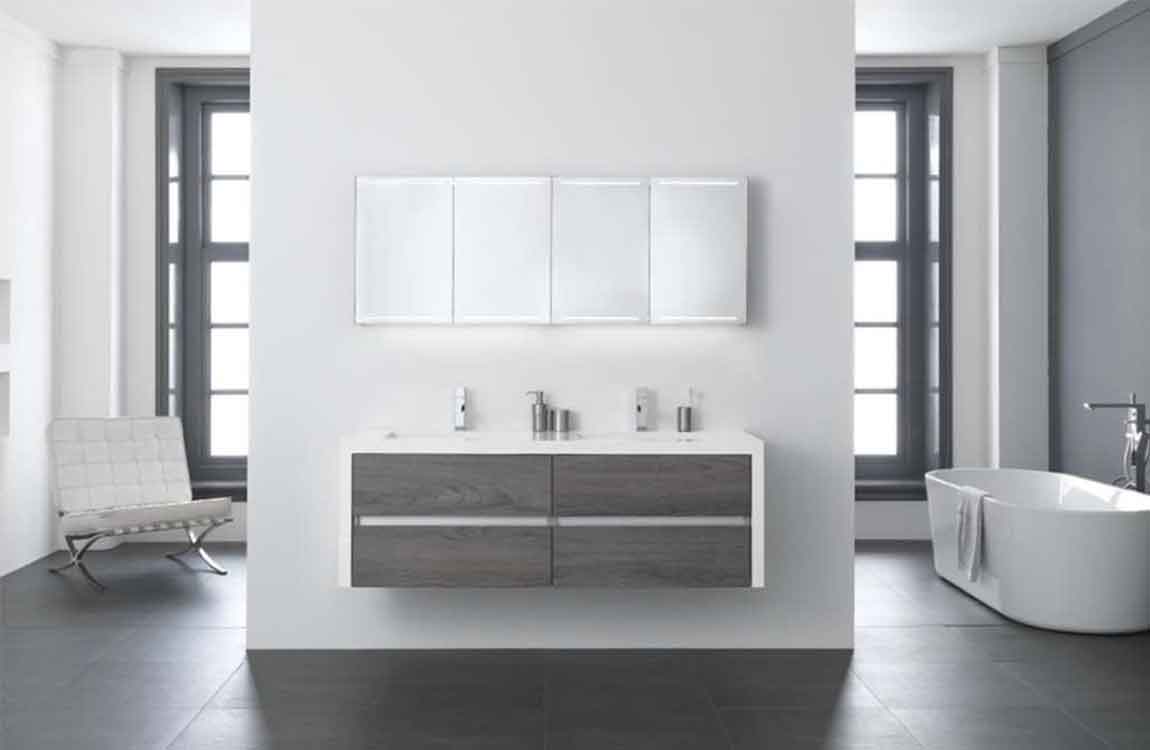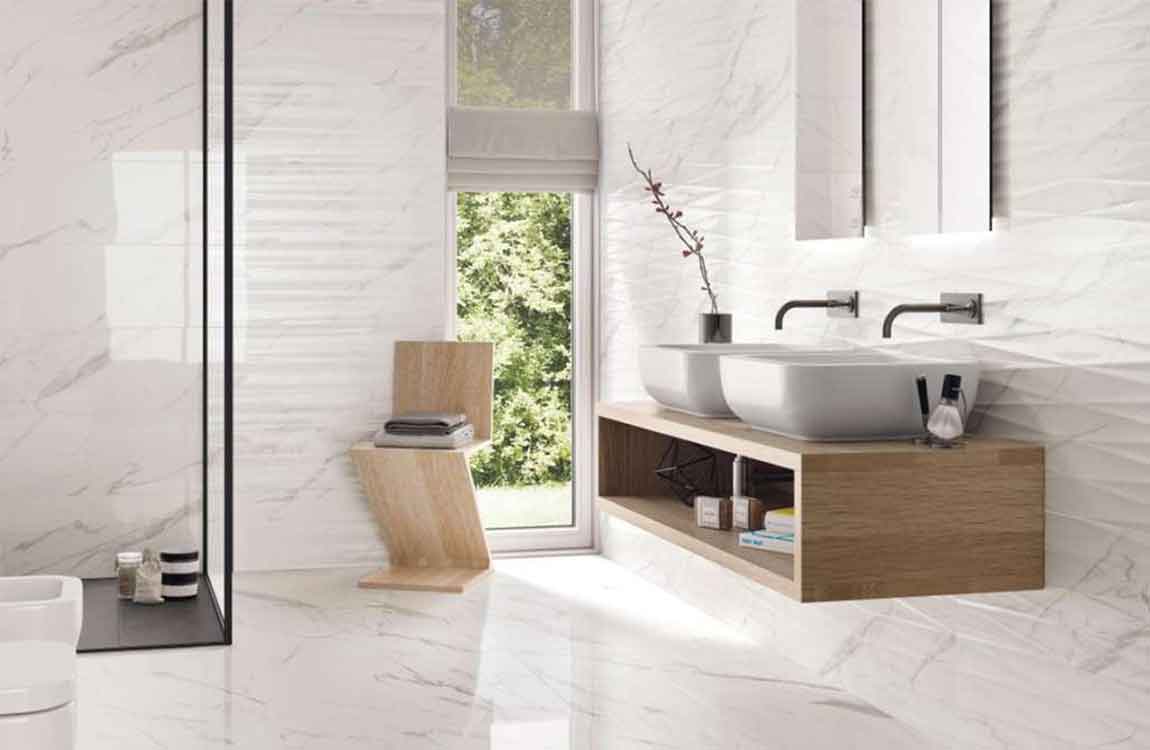How to Decorating the White Walls of Your Bathroom?
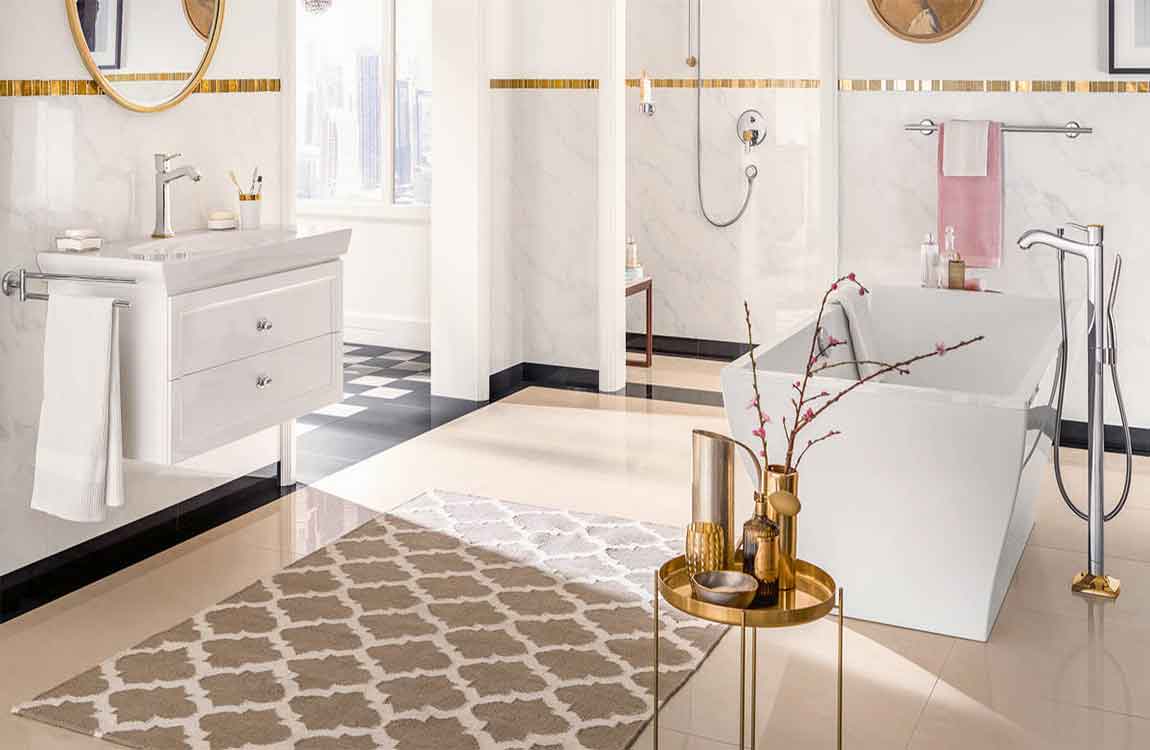
A white bathroom is all about simplicity and clean lines. The last thing you want to do is fill it with a riot of color and interfere with that simplicity. A white bathroom can also seem too plain if you’re not careful, however. But, there’s no need to worry! As long as you know how to add simple touches when decorating, adding accents of color, and renovating your bathroom, you can make your white bathroom look like it was professionally designed!
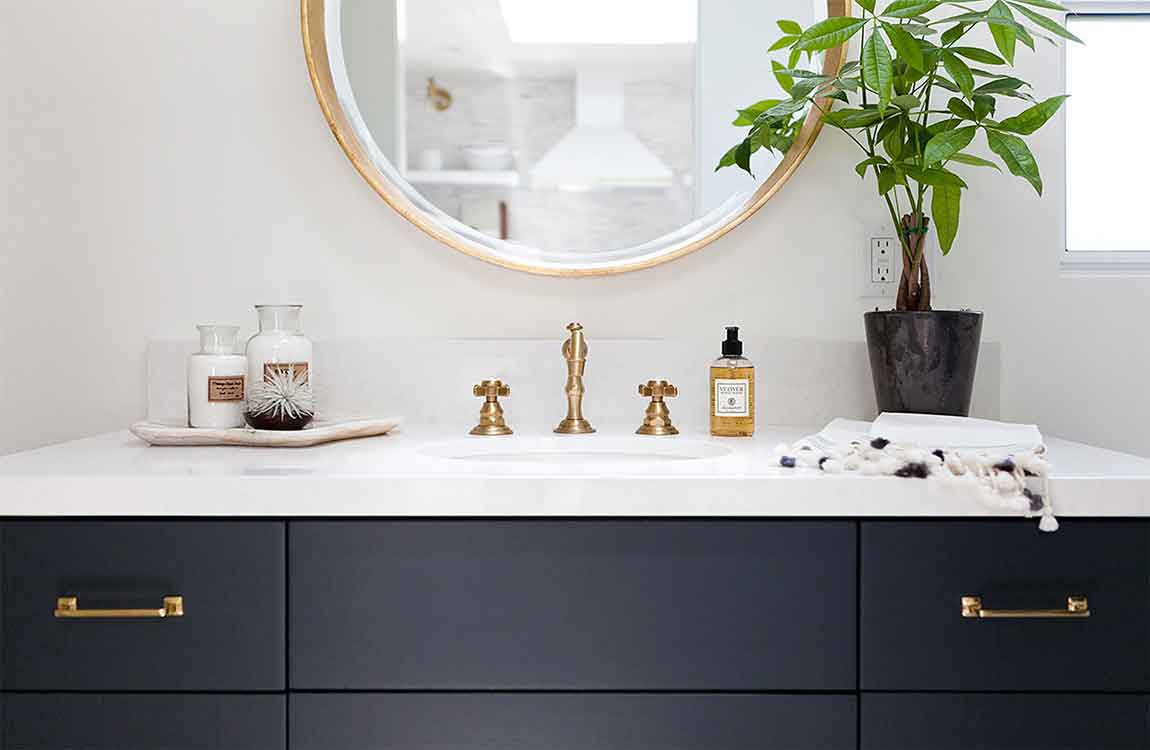
Add a mirror with an embellished frame to add depth to your bathroom. Adding mirrors to your bathroom helps give the illusion of depth to what could be an otherwise monochromatic and potentially claustrophobic space. A mirror with an embellished frame not only adds depth, it adds a touch of character to the space as well. You can add a single, large mirror over your vanity or try hanging a few smaller mirrors around your bathroom. You could also try hanging several small mirrors in a pattern on one wall. Try choosing an unconventional shape or painting the outside of the mirror to add a pop of color.
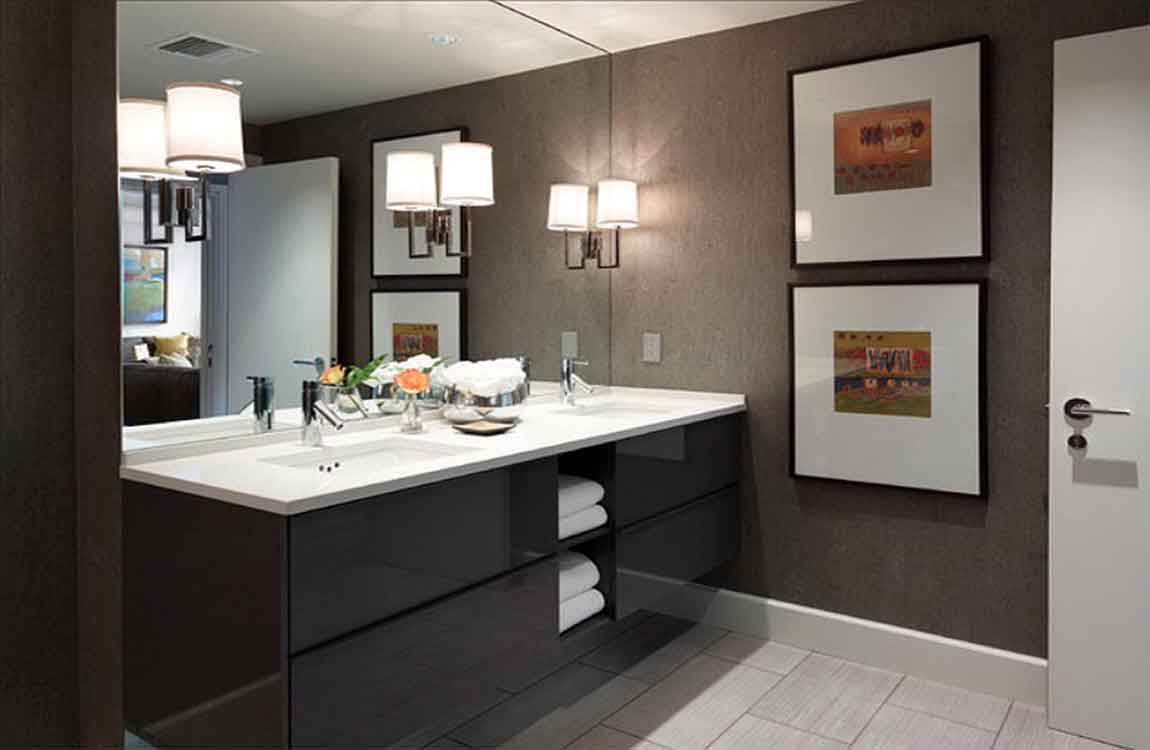
Put up some wall art if you want to add a splash of color. Wall art can help add a splash of color to your bathroom and help you express your artistic side. You should avoid loud colors, however. Try for pieces of art with softer, lighter colors with lots of white space. You could also hang black and white photographs, since they won’t interfere with your white color scheme at all. Avoid frames with glass over them or anything else that might not do well with the humidity. Opt for art that is on a canvas with a wood frame.

Hang up a tiered towel rack with antique linens for a classy storage option. Antique linens will soften the hard lines of your bathroom, add a touch of class, and serve as a conversation point for guests. Hang your hand towels on a tiered towel rack, and then intersperse them with the linens to add some texture to your bathroom design. If you don’t have any of your own antique linens, you can usually find them in antique stores. Look for linens with detailed hand embroidery.
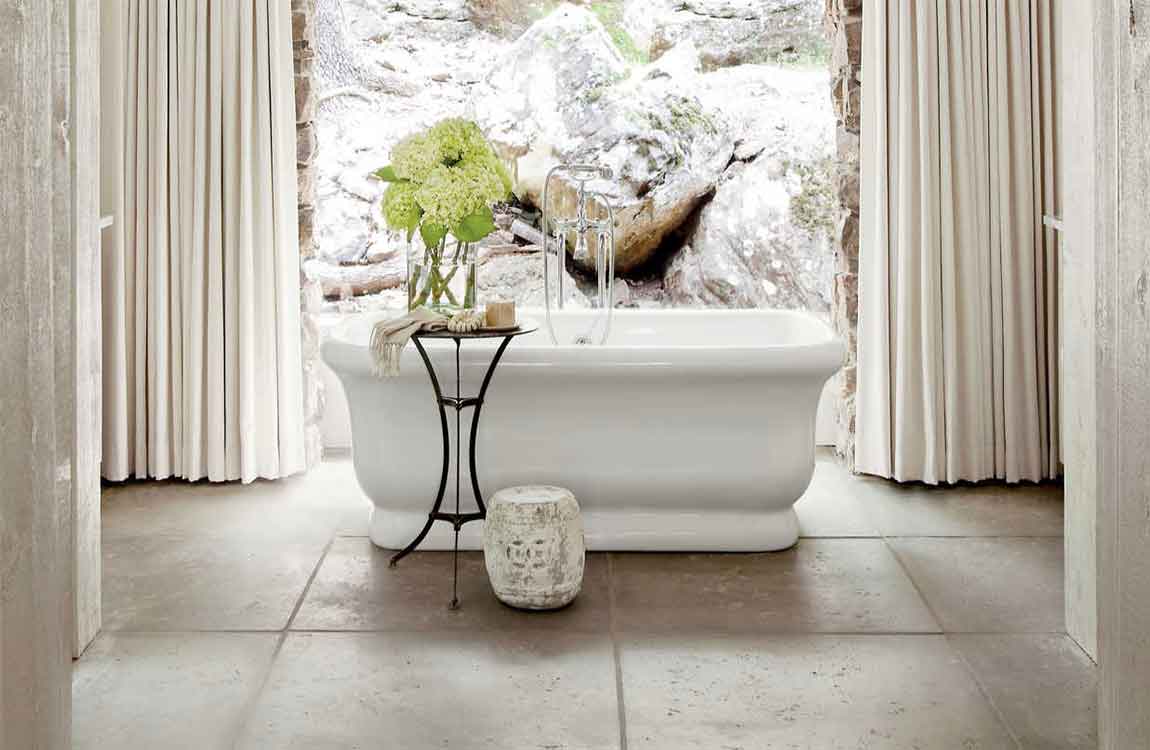
Mount floating shelves on the wall to hold plants or mementos. Hang short floating shelves in a diamond pattern on one of the walls of your bathroom. Mark their position beforehand by drawing straight lines with a pencil where you’d like them to go. Then, drill pilot holes, insert hollow anchors, and screw brackets into place.
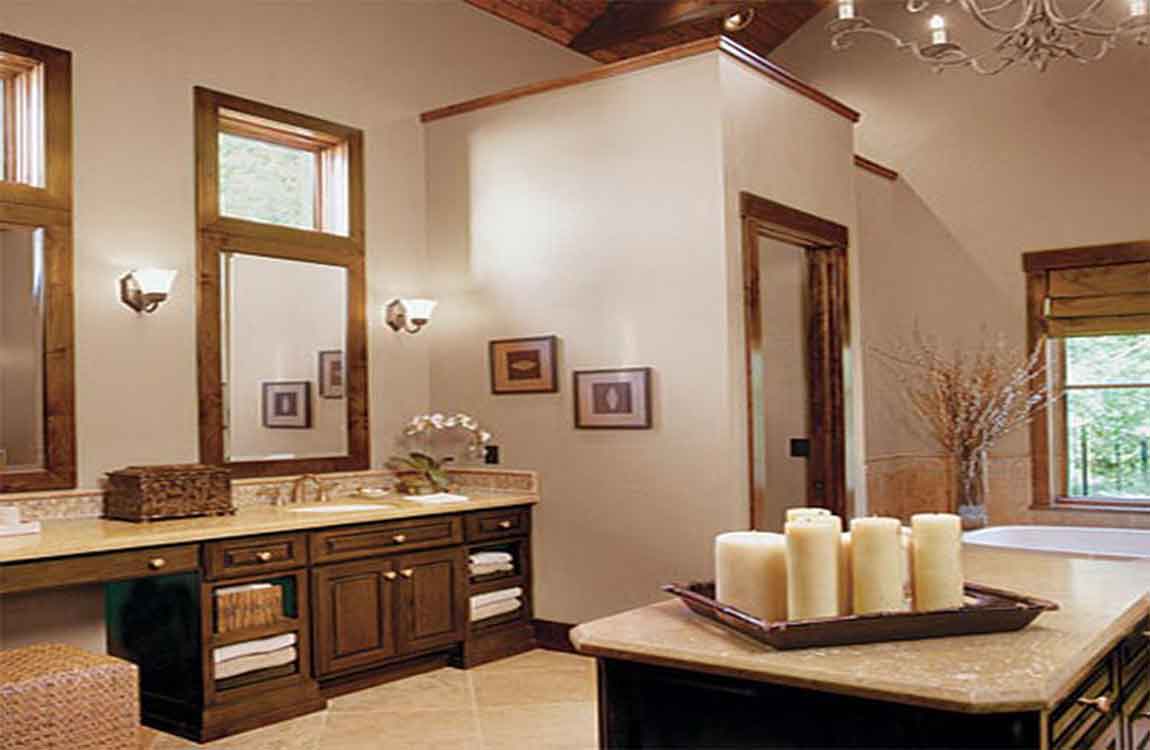
In addition to plants and mementos, you can also put books, framed pictures, or baskets for storage on your floating shelves. Make sure that you do not clutter the shelves with too many items! Try putting cotton swabs and cotton balls in jars, or roll up a few towels and place them on their sides to make your bathroom look like a spa.

